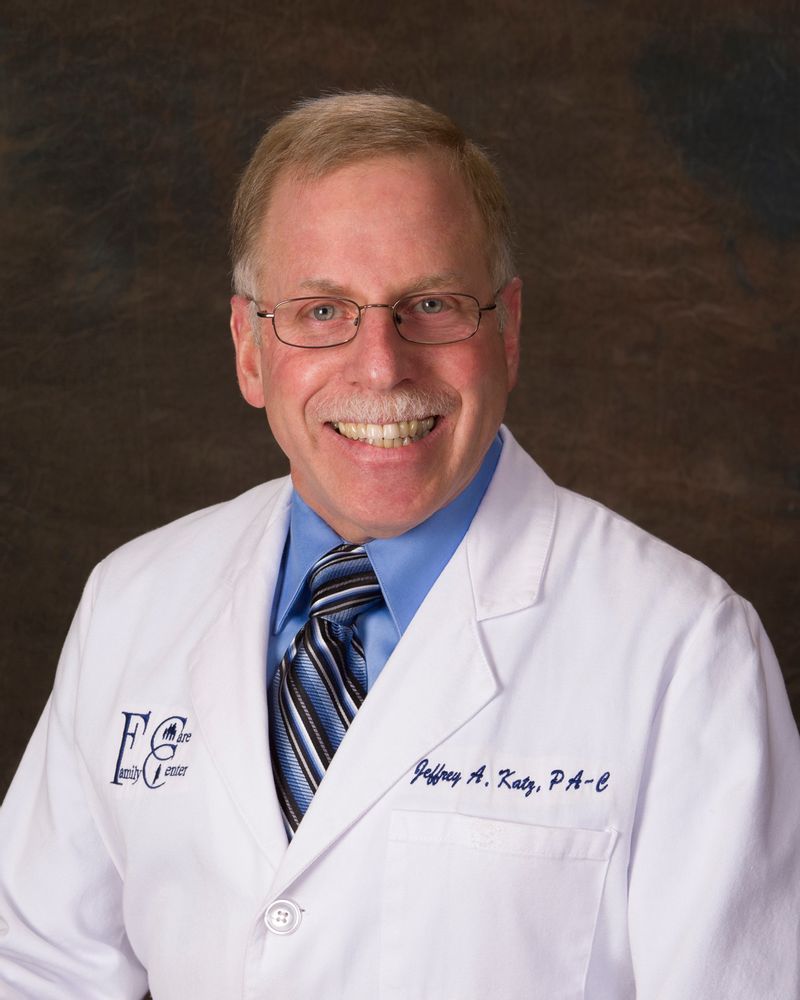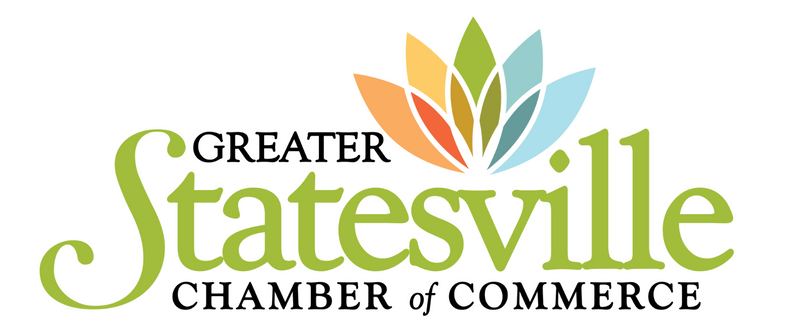National Stroke Awareness Month: A Few Minutes Can Make All the Difference

Every 40 seconds, someone in the United States has a stroke; every four minutes, someone in the United States dies from stroke.
Despite such prevalence, many people do not know the main warning signs, which can minimize the damage, disability, and even fatality of a stroke – if you take immediate action. Just a few minutes can make all the difference.
“Stroke awareness is vitally important as immediate recognition and treatment will minimize long term effects, or even death, from a stroke,” said Jeffrey Katz, a physician assistant at Iredell’s Family Care Center of Taylorsville.
May is National Stroke Awareness Month – a time to spotlight stroke awareness and warning signs so that you just might save a life, maybe even your own.
Understanding Strokes
How do strokes happen? A stroke occurs when a vessel in the brain ruptures or is blocked by a blood clot. There are two main types of strokes — ischemic and hemorrhagic.
The most common type of stroke, an ischemic stroke, causes a lack of blood flow to the brain, typically because of a blocked blood vessel, whereas a hemorrhagic stroke occurs when a ruptured blood vessel causes bleeding inside the brain.
Stroke Risk Factors
According to the Centers for Disease Control and Prevention (CDC), up to 80% of strokes could be prevented by working with your doctor to control health conditions that raise your risk for stroke.
These controllable risk factors include high blood pressure, diabetes, smoking, high cholesterol, physical inactivity, obesity, and atrial fibrillation, an irregular heartbeat that causes poor blood flow.
According to the American Stroke Association, there are also stroke risk factors that are not within your control. These include age, family history, and a prior stroke or heart attack.
While your chance for stroke does increase with age, most people believe only the elderly have strokes, though this is not the case. According to Katz, 10% of all strokes occur in adults less than 50 years old. Even children and babies can have strokes.
In addition, race and gender play a role in stroke risk.
“Women have a much higher risk than men for stroke. Stroke is the fourth leading cause of death in women and kills 80,000 women each year,” said Katz.
“Additionally, African-American women have a higher risk of stroke,” added Katz.
Once you have had a stroke, you are at a high risk for having another; however, strokes can be prevented. Identify your risk factors and make the necessary healthy lifestyle changes in order to lower your risks.
“Once a stroke occurs, disability is frequently a result. By controlling your risk factors, you can decrease your likelihood of experiencing this devastating event,” said Katz.
Signs of Stroke
Knowing the warning signs of stroke can help you take immediate action when you or someone you know might be having a stroke.
According to the CDC, patients who arrived at the emergency room within three hours of their first symptoms often have less disability three months after a stroke than those who received delayed medical attention.
It’s important to spot a stroke F.A.S.T. In this case, F.A.S.T. is an acronym, standing for the common warning signs of stroke: face weakness or drooping, arm weakness, speech difficulty, and time to call 911.
Other signs include weakness, numbness, or paralysis on one side of your body, confusion, dizziness, loss of vision in one or both eyes, and a severe headache.
If you have any of these symptoms, only lasting a few minutes and leaving no noticeable effect after 24 hours, you may be experiencing a transient ischemic attack, or a “warning stroke.”
“Transient ischemic attacks may occur up to seven days before a stroke. Patients should seek medical care immediately if they are having any one of those symptoms,” said Katz.
It is crucial to take any stroke-like symptom seriously, even if they pass.
With a debilitating disease so prevalent, knowing all you can about the signs and symptoms of stroke can enable a quick response that minimizes damage, disability, and inevitably saves lives.
If you think someone is having a stroke, call 911 immediately. Just a few minutes can mean the difference between life and death.
Iredell Health System
Iredell Health System includes Iredell Memorial Hospital; Iredell Home Health; Iredell Wound Care & Hyperbaric Center; Community and Corporate Wellness; Occupational Medicine; the Iredell Physician Network and more. Iredell Memorial Hospital is the largest and only nonprofit hospital in Iredell County. The comprehensive healthcare facility has 247 beds; more than 1,700 employees; and has 260 physicians representing various specialties. Centers of excellence include Women’s and Children’s; Cardiovascular; Cancer; Surgical Services and Wellness & Prevention. The mission of Iredell Health System is to inspire wellbeing. For a comprehensive list of services and programs, visit www.iredellhealth.org.
Originally posted by Greater Statesville Chamber of Commerce via Locable
Greater Statesville Chamber of Commerce
116 North Center Street
Statesville, NC 28677
704-873-2892
www.statesvillechamber.org
